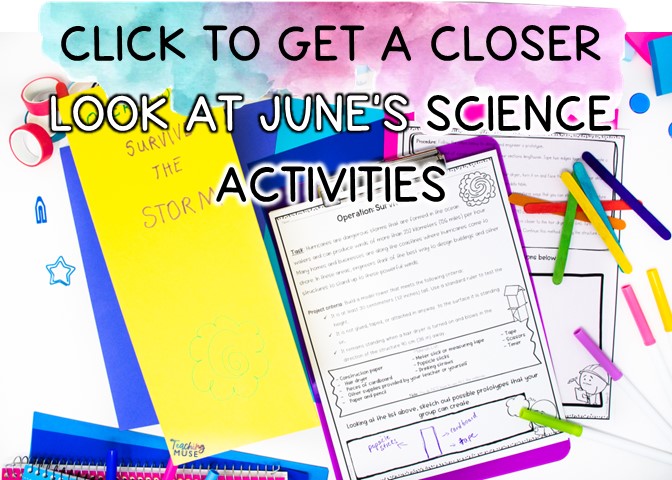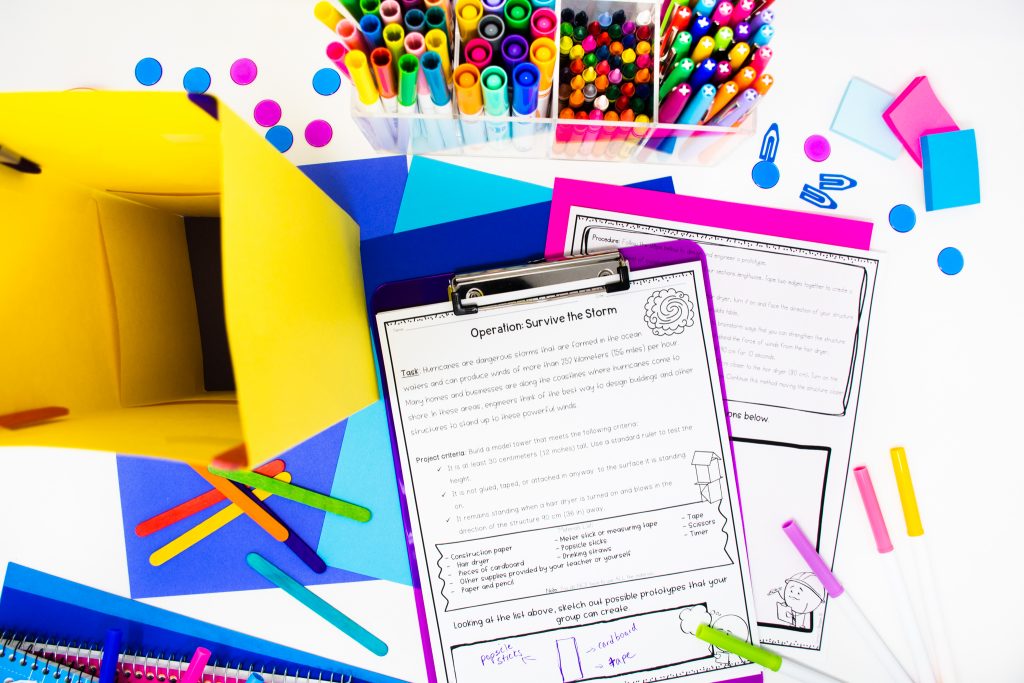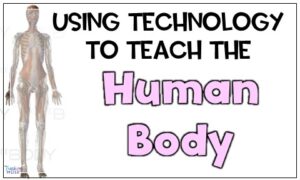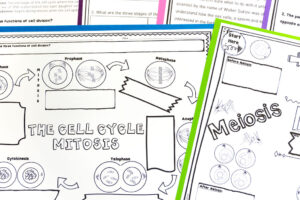
East Coast teacher friends who are still teaching way into June, I know you are at your wit’s end. Keeping upper elementary and middle school students engaged and motivated is tough. So here are some teaching ideas for June’s science experiments.
Here are some events that you can cover in your science class during June:
- June 1st: Say Something Nice Day
- Start of hurricane season
- Father’s Day
- Summer Solstice
Integrate these events into your science curriculum while staying aligned to NGSS by including these topics:
- Gratitude and its effect on the human body
- Animal traits and heredity
- Natural disasters
- Earth’s revolution
- Typical weather during seasons
Say Something Nice Day
For teachers still in the classroom, Say Something Nice Day fits into many End of year activities.
How does this connect to science?
Teach students what gratitude is and the positive impact that it can have on the human body and those around us.
How to implement this in my classroom:
Have students write letters to someone they are grateful for. It can be a student in their class, someone in the school building, or their community. This will build relationships with others, but it helps students see the positive in the world and spread kindness toward others.
Natural disasters are a topic that students are always curious about. With hurricane season starting on June 1, this makes it a perfect science topic to teach in June.
How does this connect to science?
The topic of natural disasters, specifically hurricanes, aligns with NGSS:
- MS-ESS3-3. Apply scientific principles to design a method for monitoring and minimizing a human impact on the environment.
- 4-ESS-2-2: Generate and compare multiple solutions to reduce the impacts of natural Earth processes on humans.
Using hurricanes in your classroom:
Have students test their knowledge of natural disasters as they create a prototype that will be able to withstand wind from a hurricane produced by a hairdryer. This activity will have students design, engineer, create, test, and reflect upon their prototypes. It is the safest way to get hands on with a storm like a hurricane.
Father's Day
Recognize Father’s Day in the Animal Kingdom by having students research animal traits and heredity!
How does this connect to science?
This activity aligns with NGSS:
- 3-LS-4-2: Use evidence to construct an explanation for how the variations in characteristics among individuals of the same species may provide advantages in surviving, finding mates, and reproducing.
Father’s Day science activity:
After students have researched their selected animal’s traits, have them make Father’s Day cards to take on the animal’s point of view and thank their father for the desired characteristics.
Students can bridge this knowledge to make a card for their family members by connecting their heredity and traits that were passed along to them.
Teaching until the end of June has one advantage, the ability to teach about the summer solstice! Summer begins on June 21, and you can celebrate it with this June science experiment.
How does this connect to science?
Learning about earth’s revolution, the model of the sun, earth, moon, and solstices are all part of NGSS!
- 3-ESS-2-1: Represent data in tables and graphical displays to describe typical weather conditions expected during a particular season.
How to integrate summer into your science class:
In addition to learning about seasons and what a solstice is, students can complete a temperature tracking chart.
This activity will allow students to understand the temperature changes throughout the seasons and identify that the hottest times of the year occur after the June 21 summer solstice.
This is a great activity to clear up misconceptions that students may have about the earth’s seasons and the heating of the earth’s surface.

Students will learn about:
- What gratitude is
- How the feeling of being grateful can positively impact the human body and those around us
- Animals inherit traits from their parents
- Hurricanes and their impact on the environment
- Ways to reduce the destruction from a hurricane
- Earth’s revolution and tilt around the sun
- Differences between the two hemispheres
- Traditions and holidays based on the summer solstice
- Interpret data and predict future weather patterns
June science activities include:
- Teacher tips and instructions
- Video links to teaching students about gratitude
- Two-page science passage on gratitude and how it positively impacts the human body
- Letter Writing activity and graphic organizer – Students will choose a person they are thankful for and outline why. Then, students are encouraged to give the letter to their special person.
- Two-page activity on animal traits and heredity throughout the animal kingdom.
- Father’s Day card activity – Includes variations:
- Students can make a Father’s Day card and research animals to learn about traits passed down from parents.
- Students can make a Father’s Day card to give to their own parents or special person.
- Blank templates are included.
- Summer solstice text
- Temperature tracking activity
- Hurricane Activity
- Hurricane STEM Activity:
- Group expectations sheet
- Student worksheets that walk them through the project of designing a building that can withstand hurricane-force winds: design, engineer, test, reflect
- Scientist in the News article on Betty Holberton
Wondering if it's right for you?
June science experiments are designed to save you time and sanity all while increasing student engagement. Being able to connect important events in June to science makes learning so much fun, especially at the end of the year.
Check out teacher feedback below.









